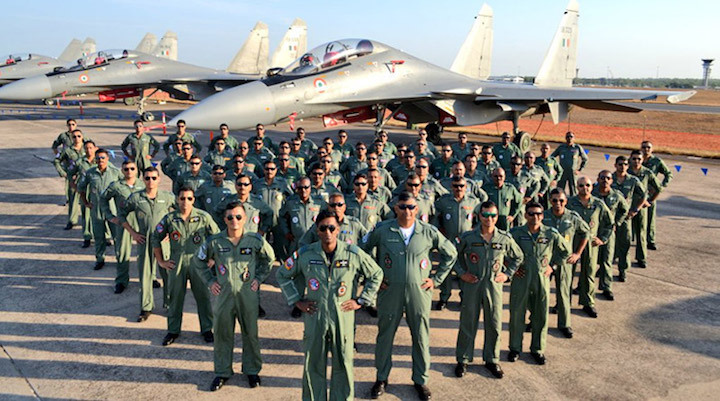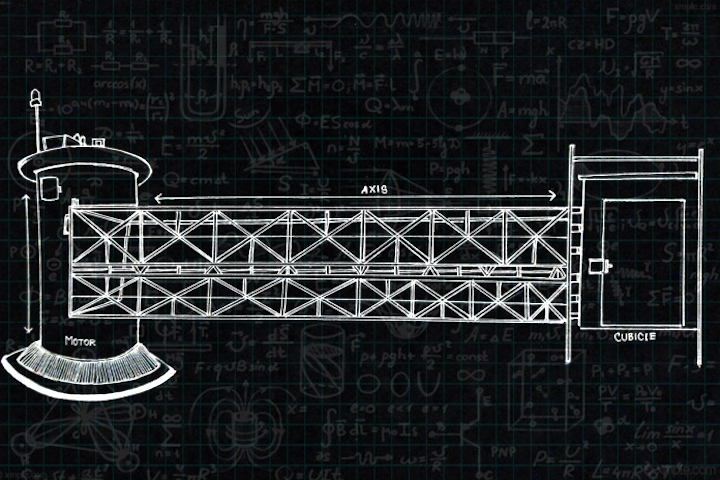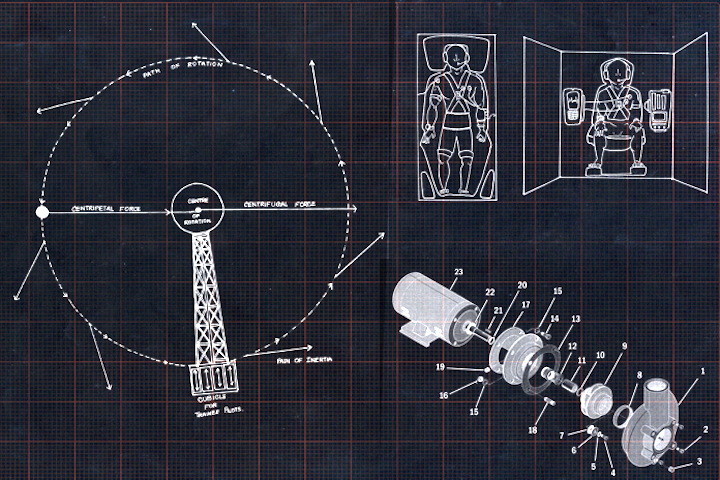31.08.2018

File photo of Indian Air Force pilots | Force India
-
There’s the passion for flying, of course, but there are many other factors as well. ThePrint explains.
New Delhi: Successive chiefs of the Indian Air Force (IAF) over the past decade – Air Chief Marshals P.V. Naik, N.A.K. Browne, Arup Raha – have repeatedly said that if India’s crewed space programme goes ahead, it will be because of fighter pilots from their service.
Prime Minister Narendra Modi announced Independence Day that an Indian “with a Tricolor in his hand” will be in space in four years. The chairman of the Indian Space Research Organisation (ISRO), Dr K. Sivan, subsequently announced that Gaganyaan, as the crewed space project has been named, will be a reality by 2022.
But where do fighter pilots come into the picture?
The only Indian astronaut so far is Rakesh Sharma, who flew aboard a Soviet rocket, the Soyuz T-11, to a Soviet space station, the Salyut 7, for eight days in 1984.
Sharma is a retired fighter pilot. He first flew turbo props (non-jets), then the French Mystere that the IAF had just acquired, and subsequently the MiG-21, the first fighter jets India bought from the erstwhile Soviet Union in the mid-1960s.
However, a fighter pilot personally acquainted with Sharma told ThePrint
Wednesday: “It is not enough to be a fighter pilot, you have to at least be a test pilot.”
Sharma, selected for the mission along with colleague Ravish Malhotra, was one. He finished his career as a chief test pilot with the Hindustan Aeronautics Limited (HAL) for its deep penetration strike aircraft programme.
The exhaustive training fighter pilots undergo equips them with some of the same skills and similar resilience as astronauts, which makes them ideal candidates to train for flights to space. Here’s how:
1) Fighter pilots are trained, and selected, after being tested for a high ‘G force’. In layman’s terms, 1 g is the pressure or weight of gravity that each individual experiences on Earth. Fighter pilots’ bodies are trained to withstand 5 g to 6 g for up to a minute if required.
As NASA explains, “it’s not just microgravity that astronauts experience in space. They’re exposed to hypergravity, too: Up to 3.2 g at launch, and about 1.4 g on reentry”.
2) This part of the training is done through tests such as the centrifuge rotator. The Indian Institute of Aviation Medicine has one in Bengaluru. It spins the wannabe fighter pilot on a 360 degree axis at great speeds in a bid to condition their bodily functions to stay normal even if hypergravity causes them to black out.


3) A deep-rooted passion for flying is an obvious requirement, but what passion does not get you is the right state of mind. This is where the clincher for the air force lies. Only fighter pilots get to be qualified flying instructors (QFIs) on supersonic (faster than the speed of sound) jets that whoop down, swerve up, bunt, somersault. And only the best QFIs get to be test pilots.
“There should not only be training, but a willingness to try untested stuff,”, said the fighter pilot The Print spoke to, “That you will do anything to take it from the drawing board to the operational.”
“Unlike me,” said the fighter pilot. “I only flew stuff that was tested by the likes of him (Sharma).”
4) All fighter pilots now fly in G suits – uniforms that pump blood from the legs to the head so that the brain does not dry and fail as the blood rushes to the feet during the flight. While taking off and landing, fighter pilots see through canopies and now through HUDs (heads-up displays).
That kind of thing is not possible in rockets (even with space shuttles) yet. “You can feel the tongue swelling, the blood rush to the head,” Sharma remembered in an August 2013 interview to the portal, astrotalkuk.org.
The cockpit in the vertically launched rocket that India is drawing on the board — with the GSLV-III the chosen carrier — still has the crew chamber about 10 storeys above the surface of Earth at launch.
This is where the ability to be “spatially oriented” kicks in, another asset for those eyeing a trip to space. Spatial orientation is “our natural ability to maintain our body orientation and/or posture in relation to the surrounding environment (physical space) at rest and during motion”.
India still loses aircraft and pilots in accidents that are caused by being “spatially disoriented”, not knowing where the FCS (flight control systems) are, where you are, what you are. In space, reduced gravity and other factors can cause spatial disorientation, which makes it imperative for astronauts to be trained to master it.
Quelle: The Print
